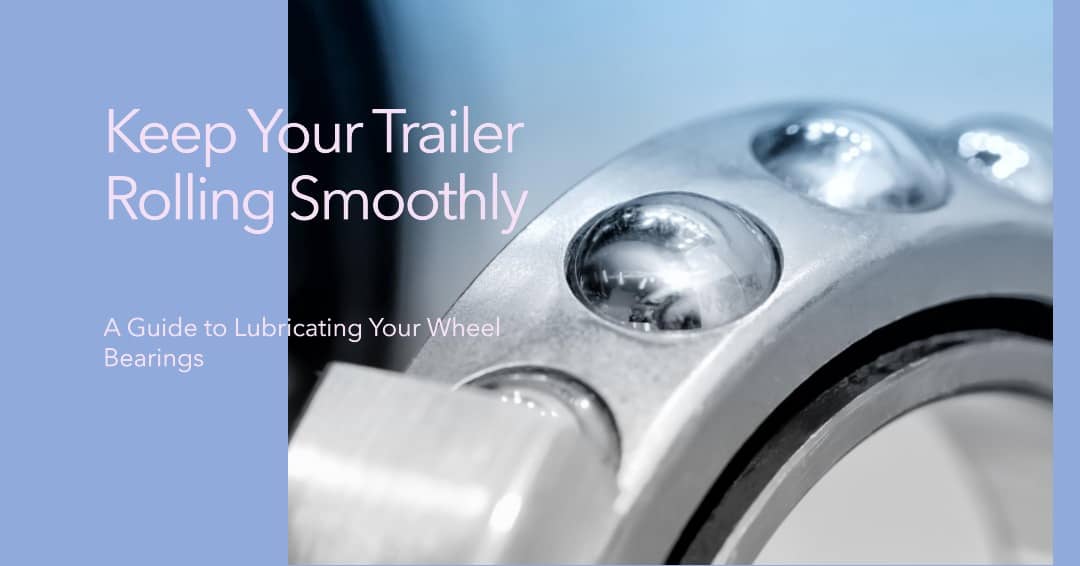
Introduction
Maintaining a trailer to ensure its longevity and smooth operation is crucial for anyone who relies on their trailer for personal or professional use. One of the key maintenance tasks is the regular lubrication of the trailer’s wheel bearings. This simple yet crucial task can prevent costly repairs and ensure your safety on the road.
Why Lubrication is Crucial
Wheel bearings play a pivotal role in the performance of your trailer, allowing the wheels to spin freely and smoothly. However, with time and use, the lubrication within these bearings can degrade, leading to increased friction, overheating, and potentially severe damage. By regularly lubricating the wheel bearings, you mitigate these risks, ensuring the smooth operation and extending the lifespan of your trailer.
Factors Determining Lubrication Frequency
- Type of Trailer: Different trailers have varying lubrication needs. For instance, boat trailers may require more frequent lubrication due to exposure to water, which can wash away the grease or cause rust.
- Usage: Frequent use or long-distance hauling can accelerate the wear and tear on the bearings, necessitating more frequent lubrication.
- Type of Bearings: Certain bearings may have specific lubrication requirements, so it’s important to follow the manufacturer’s recommendations.
Quality of Lubricant: High-quality lubricants can provide better protection and potentially extend the intervals between lubrications.
General Lubrication Guidelines
A good rule of thumb is to lubricate the wheel bearings every 12 months or every 10,000 miles, whichever comes first. However, if your trailer is frequently exposed to harsh conditions or used for water-related activities, more frequent lubrication might be necessary.
Signs That Your Wheel Bearings Need Lubrication
Be on the lookout for unusual noises, wobbly wheels, or a burnt smell – these are tell-tale signs that your wheel bearings might be in need of lubrication.

Steps to Lubricate Trailer Wheel Bearings
- Safely jack up the trailer and remove the wheels.
- Remove the hub caps and cotter pins.
- Pull out the hubs and remove the old grease.
- Clean the bearings thoroughly with a degreaser.
- Apply new, high-quality grease generously on the bearings.
- Reassemble the hubs, wheels, and other components.
- Repeat for all wheels.
Conclusion
Regular lubrication of your trailer’s wheel bearings is a simple yet crucial task that can save you from costly repairs and ensure your safety on the road. By understanding the factors that determine lubrication frequency and adhering to a regular maintenance schedule, you can keep your trailer in tip-top shape for years to come.
Call to Action
Do you have any maintenance tips to share? Have you encountered issues with your trailer’s wheel bearings before? Share your experiences in the comments below or reach out with any questions!




